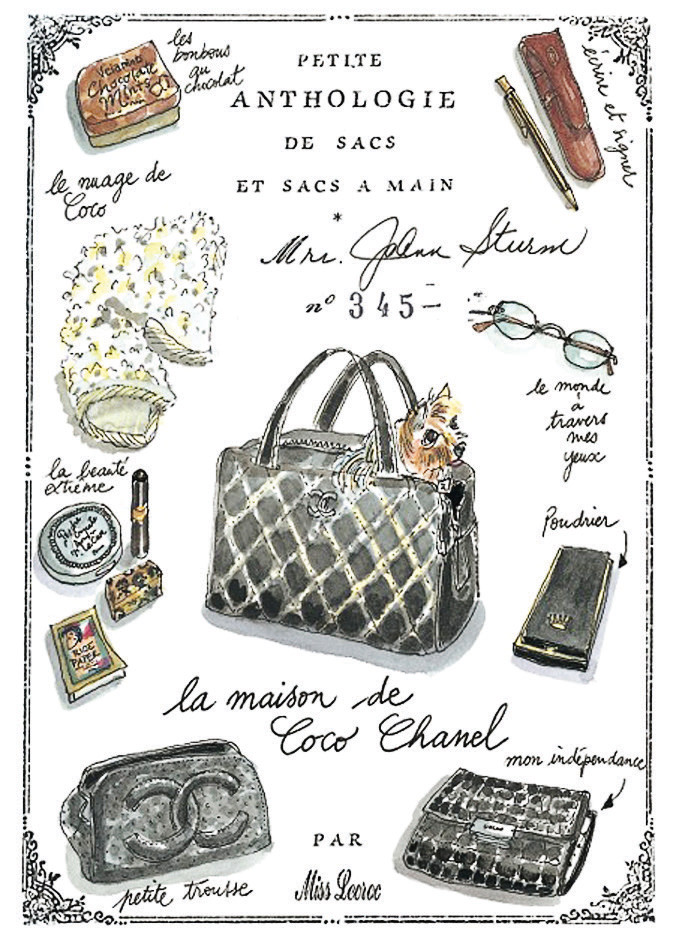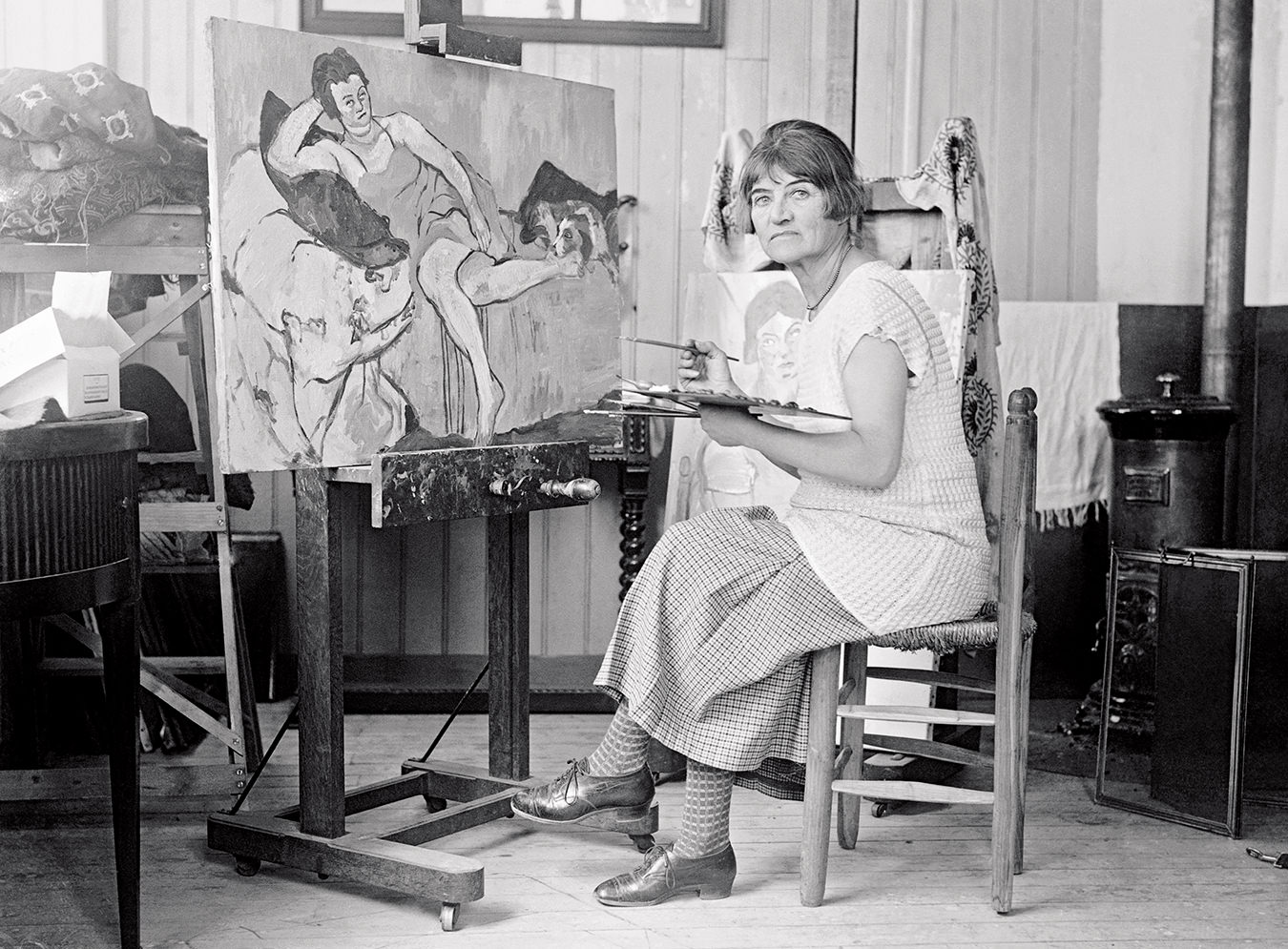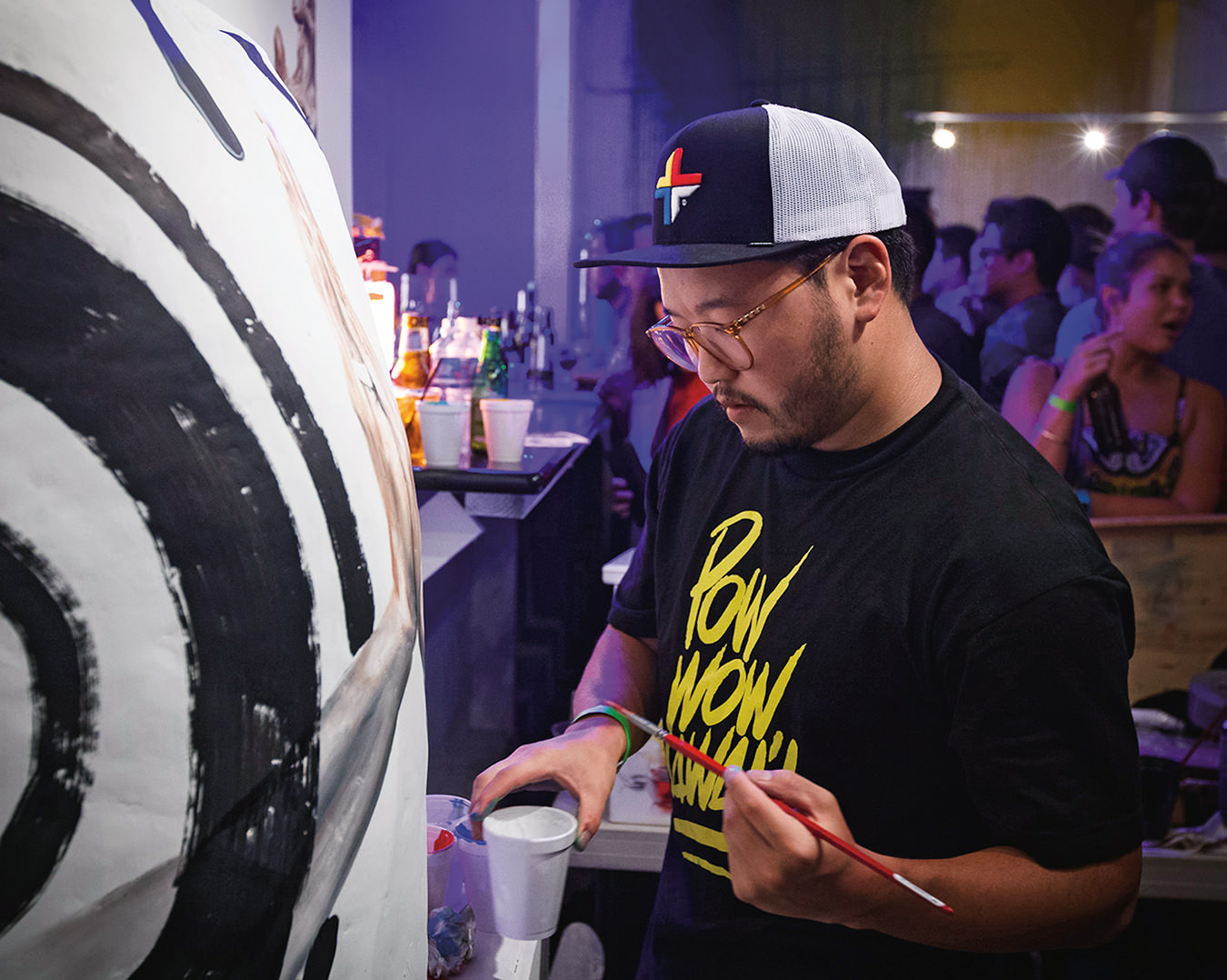Christine Boswijk Sculpts Passion
Art and sanity.
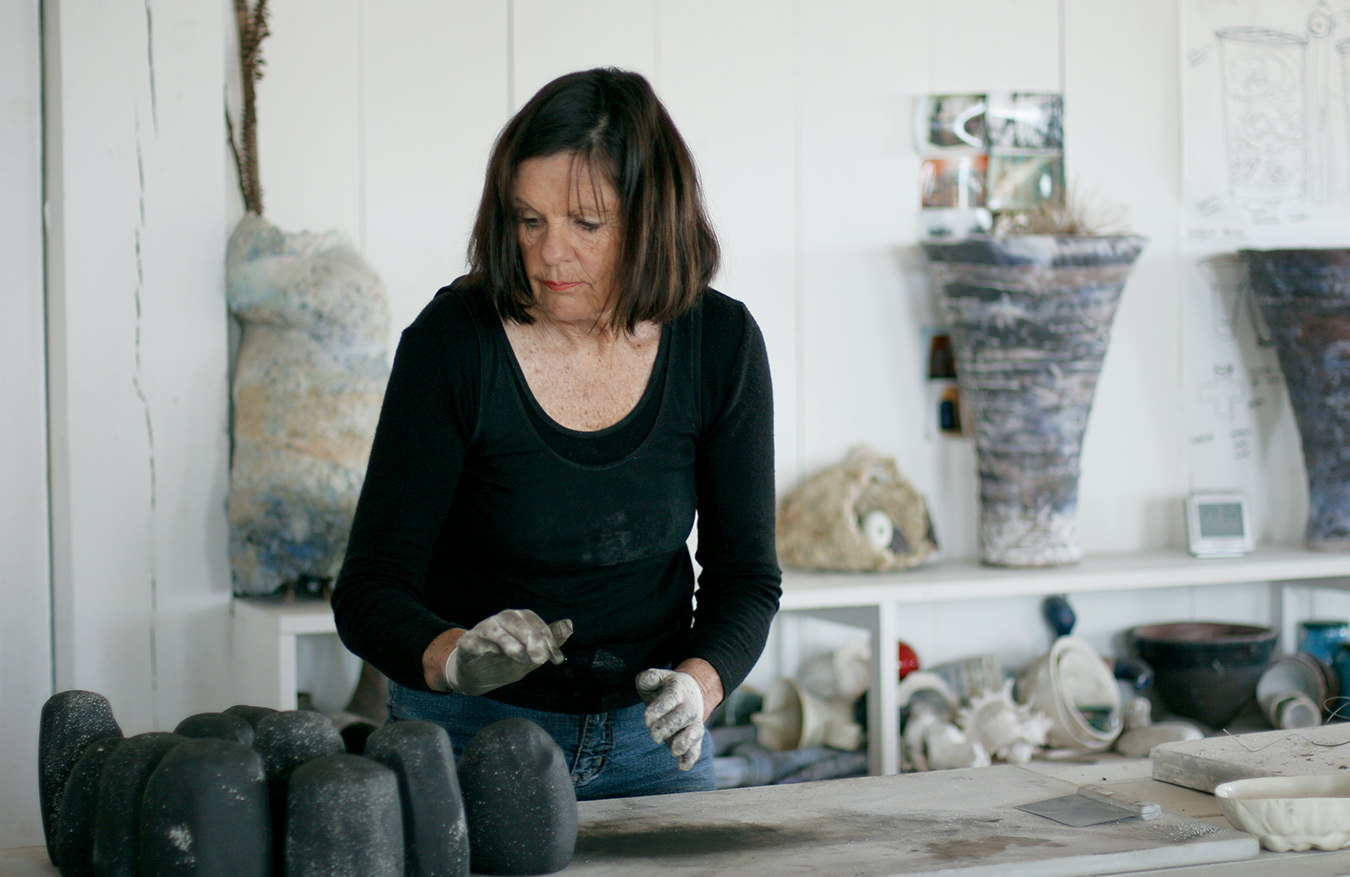
The earth itself—the clay of the Moutere Hills—drew some of the first artisans to Nelson, in the northeast corner of the South Island of New Zealand. Here, you can experience art where it’s being created, in a region that is richly endowed with a vast array of creative talent. From the hinterland to the long stretch of coastal highway, you can find artists at every turn.
Twenty-eight kilometres from Nelson, after the fourth Keep Going sign has encouraged visitors to continue along the winding, gravel, dead-end Hoddy Road, the home and workshop of Christine Boswijk appears. Christine and her husband, Patrick Maisey, built the workshop from trees felled on the property. It is in this inspirational place that Christine creates her work, overlooking the Waimea Estuary and surrounded by water and mountains. It’s an artist’s paradise.
She is refreshingly frank; an artist, yes, but equally compelling is her aura of tranquility and self-awareness. The workshop, next to the house, is filled with her iconic artwork and works in progress, which focus on the emotive and sculptural possibilities of clay, building, wrapping, layering and bandaging to create a multi-faceted form. There are vases, bowls and giant platters in textured shades of green, blue and yellow. Tall wooden sculptures lean against a wall. She spends time here every weekday. “To be an artist is 90 per cent hard work and 10 per cent inspiration,” she says. “I have heaps of inspiration. I need to find the time.”
Christine’s current experimental work, Kisses, Crosses and Flowers, focuses on the cross as a symbol of faith, and kisses and flowers as expressions of both joy and sadness. “I have made the wall works, with their clay roses, in the form of the cross. Yet moved a few degrees, they transpose into kisses, as if to suggest that all things can change from moment to moment—intercept the most ordinary—into something beyond our comprehension, and beyond our control.”
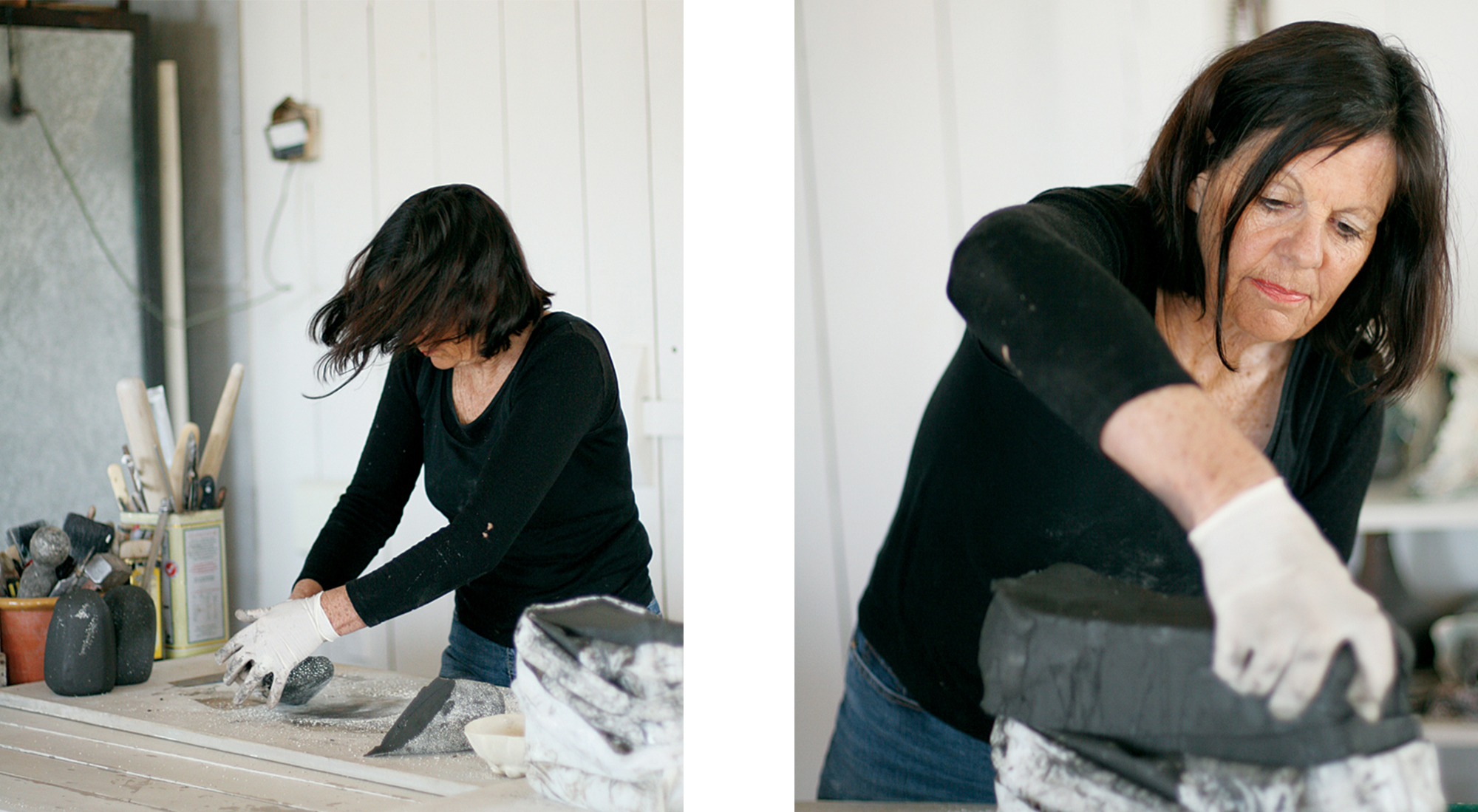
It is in this inspirational place that Christine creates her work, overlooking the Waimea Estuary and surrounded by water and mountains. It’s an artist’s paradise.
Along with her art, Christine tends her six-and-a-half-hectare property. She has planted olive trees, roses and a few cherry trees; her vegetable garden is currently overflowing with legumes, and her orchard with plums, apricots, apples and many berry bushes, which keep her busy making jams and preserves. Between the cooking, the gardening and looking after her family, she says, “I have little time left to be an artist. The ideas are always flowing, but there is a lot that needs to be done in the garden.”
As a child growing up on the South Island, Christine was happiest being creative—for instance, making doll’s clothes—and actively using her hands. “I knew I wanted to be an artist,” she says. However, dental nursing and raising a family filled her life before she began training in ceramics at Otago Polytechnic’s School of Fine Art at the age of 37. “My central core now is a result of strong family influences (I had a nonconformist upbringing) shedding those influences and getting married. I also loved being a mother. At the same time I wanted something for myself, my own identity, so I went to art school. I initially wanted to study philosophy, but I couldn’t sustain a family with that,” says Christine.
Nature is an endless inspiration to her. “My work speaks of New Zealand geology—textured and craggy, like the landscape,” she says. “The land is the source of everything.” Looking out her workshop windows, it’s not hard to see why nature has played such an important role in shaping her sense of space and form. “It all started in a sandpit, this passion I have for playing with mud and arranging it into form and space. And now clay is my passion. It’s magic to take seemingly inert material, breathe life into it until a form emerges, then submit it to the fire to become rock.”
“I want each piece to trigger memories and ideas, to initiate some inner voyage of thought through the emotional response to the work.”
She makes the occasional foray into wood, steel, cement and other materials, but clay is the chosen medium for Christine; symbolic of the life and death process, the continuum of life itself, and the complexity and fragility of the human condition. “I love its physicality—that I use my whole body to move it, all the senses working together to forge a vocabulary as I coil, laminate or pinch, until a thought finds its shape. I work at the rhythm in which I breathe in and out. Clay is my keel—the more I work with it, the more it sustains me, for it is the material through which I best speak, a fusion of intuition and intellect into a language that is universal. This alchemical and mysterious process has me hooked.”
For many years, Christine listened to music as she worked. Then, in her late 40s, an illness left her with only partial hearing. Unable to listen to the radio and with no distractions, she says, “I time-travelled, processed the thoughts, and my hands would just move with the clay. If you see something in your mind’s eye, you can achieve it.”
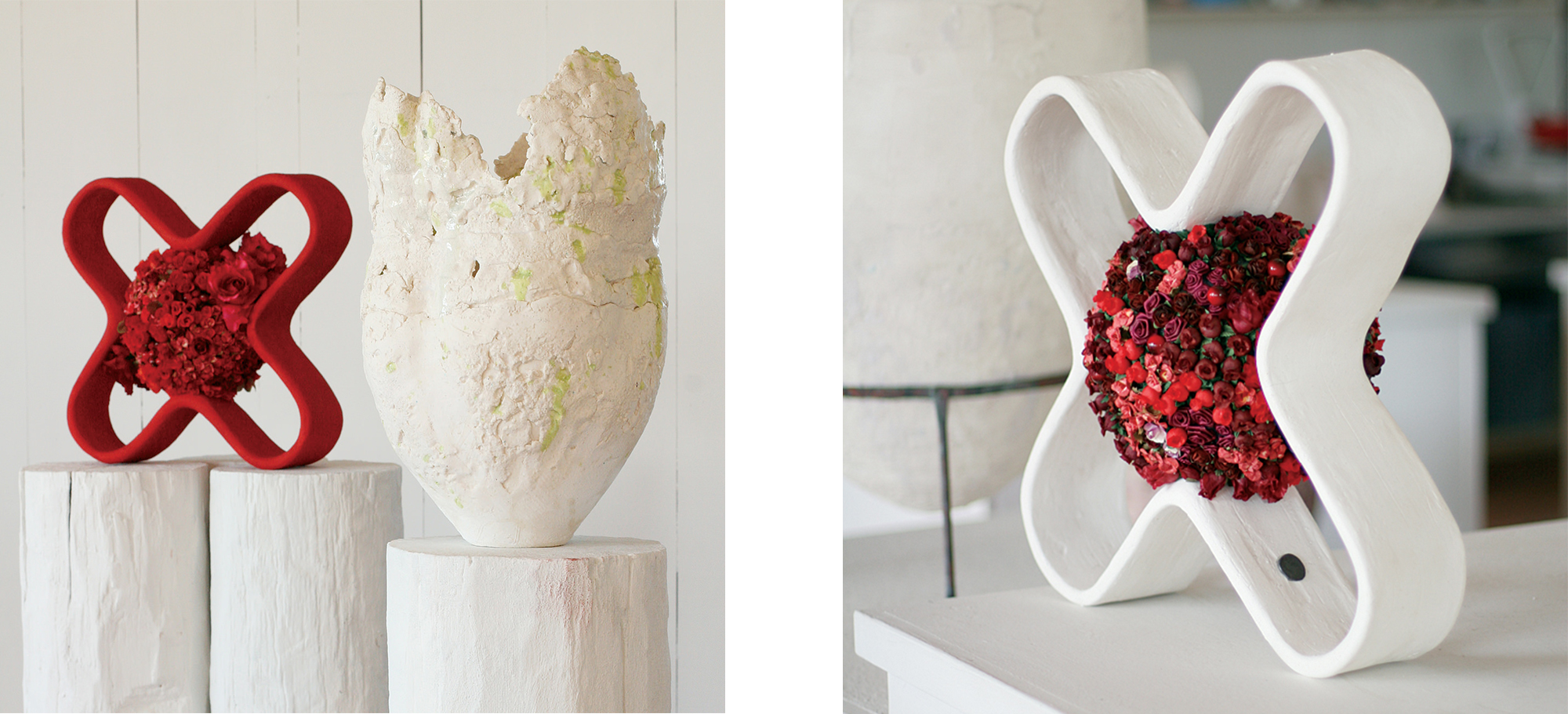
Left: Passion, red flowers in a red kiss (clay coloured with paint pigment and red flowers within); Genealogy, the history of the land Aotearoa, mother of all life, (white clay and glaze). Right: Pure Love, red flowers in a white kiss.
Each piece is filled with energy and meaning. “Art must have meaning and fulfill its social purpose of direct relevance to the human condition and circumstance while also being expressive of its own materiality,” Christine says. For her, art must evoke a feeling in the viewer that triggers something in their emotional spirit. “Art allows people to travel emotionally. I want to keep people in touch with their spiritual life.” It’s individual self-expression, but in reality it is that connection of artist and viewer that gives art its power.
Tough and fragile are her pieces. The edges are so delicate you instinctively reach out for the sheer pleasure of touching something so fine, realizing afterward that it’s exactly what she wants you to understand—that it is possible to touch something fragile without destroying it. Some of Christine’s work is commissioned (her pieces are held in private collections around the world), but most of it is born out of inspiration and the desire to create, with the hope that “someone will fall in love with it and buy it”. Her method definitely is working. She is at the forefront of the ceramic movement in New Zealand, and was made an Officer of the New Zealand Order of Merit for services in ceramic art in 2004.
For many years now, people have called her a sculptor, not a potter. “I don’t particularly like labels,” she says. “If you say you are something, then you have to be it, and I don’t like to be pinned down.”
Christine enjoys the art of relaxation: reading, taking baths, going for walks. “If I was a pampered woman, I would like a massage once a week—a recharge. I like expensive things, but I don’t aspire to velvet and satin.” Her home is relaxed, decorated with a mix of New Zealand art, old and new furniture, handmade artifacts and large Persian rugs on the bare living-room floor. “I love natural things—furniture that has a history.”
New adventures await. “Now that all of my children have gone, I want to get tougher with my work,” she says enthusiastically. “As an artist, I translate into clay ideas that have no words. I think the world is polluted with things that are irrelevant. Art is my sanity.”
Art and sanity—we can always use more of both in our lives.
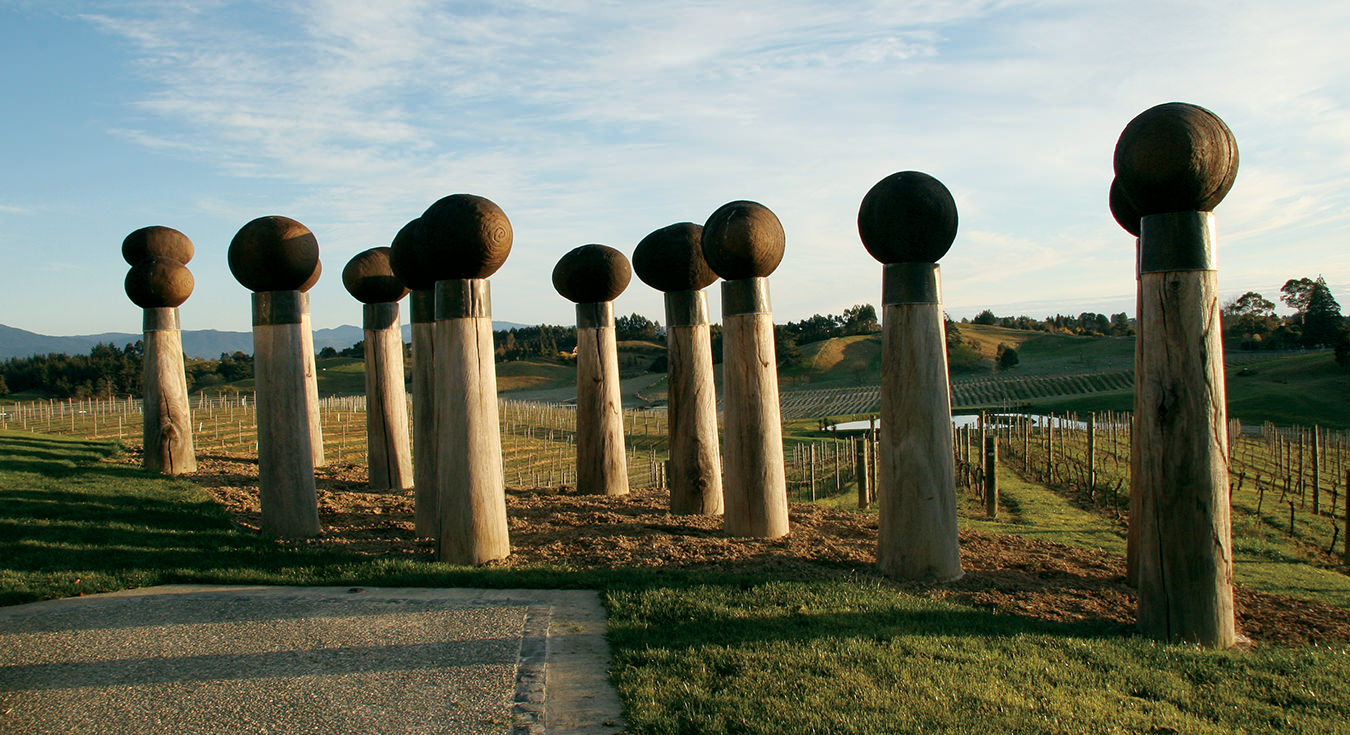
Icons, 13 black clay and timber posts with lead collars; a commission from Woolaston Estates.
_________
Never miss a story. Sign up for NUVO’s weekly newsletter, here.


